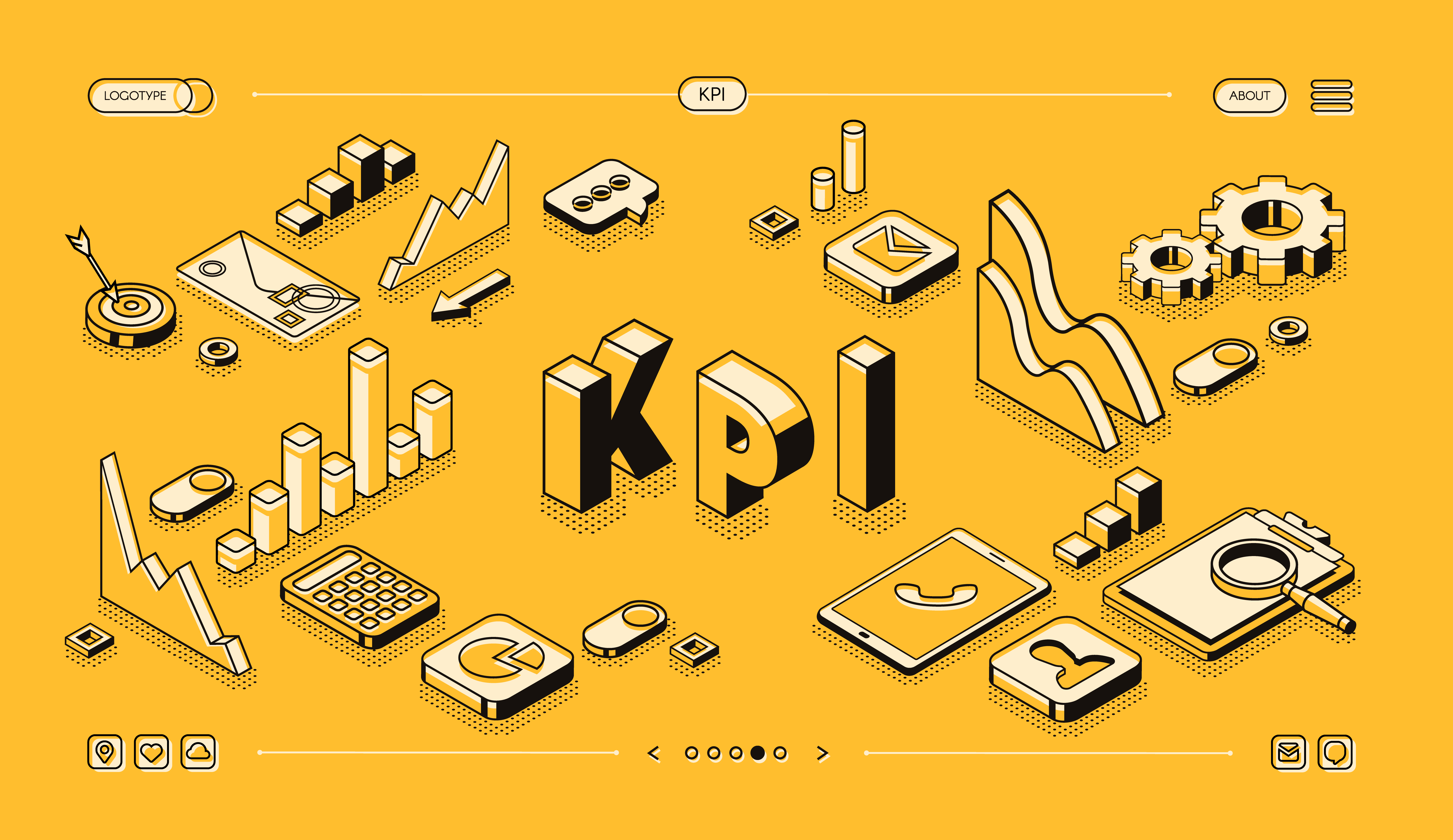
“Expectation vs. reality” is one of the most popular memes on the Internet today. On one side, an image represents what a person deduces or imagines. On the other, the real thing – which is usually quite different from what has been imagined in the first place.
Expectation vs. reality

But what is the relationship between a meme and KPIs?
In today’s post, we share with you 7 KPIs to go beyond assumptions in the procurement area, so you can actually know the scenario where you are living.
Keep on reading!
Assumptions vs. KPIs
We can draw a parallel from the reasoning of this meme and compare, in the corporate world, assumptions vs. KPIs.
On one side, there are assumptions based on perceptions. On the other, a tool that presents data with the real business situation to the companies.
In the digital world, businesses that have assertive and clear KPIs have a competitive edge in the market.
This is because, with data at hand, you can analyze and identify improvement points, and define the most assertive strategies.
What are Key Performance Indicators (KPIs)?
Key performance indicators (KPIs) are important metrics for the whole management process of the company, as they allow the decision-making process of areas to occur based on real data and not on mere assumptions.
In the procurement area, some metrics must be analyzed, so they can contribute to the business growth; we explain each one of them below.
What are the most relevant KPIs for B2B procurement?
1. Savings
The first important KPI for buyers are savings, crucial for the financial area – which analyzes the savings achieved in purchases.
This means the cost avoided when closing any purchase with a lower value than the planned one.
This is a way of analyzing team negotiation performance with suppliers, in order to cut expenses and generate profits.
2. Delivery level
The second indicator is delivery level, which identifies the return rates with regard to the overall number of purchased products.
In this way, you can observe the percentage of defective goods.
3. Lead time
Lead time, the third KPI used in the procurement area, allows evaluating the duration of each stage of procurement – such as search, supplier selection, quotation analysis and product delivery, thus proposing the required adjustments for best results of the company.
4. Price evolution
The fourth indicator is price evolution, which analyzes the fluctuation of values in a given period, during the entire procurement process.
5. Productivity
Productivity is the fifth KPI, which helps the area to identify certain adjustments to decrease operational burden on buyers.
6. Customer satisfaction
The sixth indicator is customer satisfaction, and can be measured through a periodic satisfaction survey.
7. Supply cost
Last but not least is supply cost, which enables comparing the volume of purchases and sales, in order to point out the percentage of item costs with regard to their sales.
With so many metrics and data, technology is indispensable to avoid that any business data can go unnoticed.
Therefore, using specific solutions and tools is a must for procurement areas.
And what about you? Do you already use KPIs to leave expectation behind and see the real thing? Give your comment here!
This article was signed by Diogo Morgado, Product Manager at Mercado Eletrônico, and published at the Estado de São Paulo newspaper.


 Português do Brasil
Português do Brasil Español
Español Português
Português
